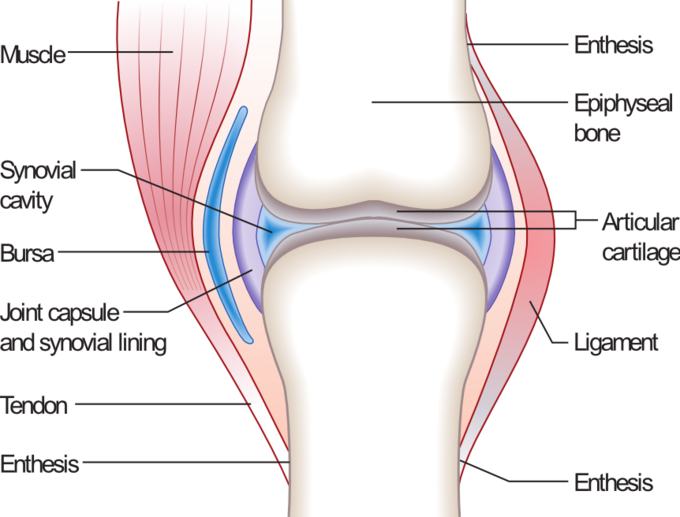Morning stiffness: Why does it occur and what can you do about it?
Published Nov 20, 2021 • By Candice Salomé
Upon waking up, many patients experience stiffness in their joints, as if they were frozen. This is called "morning stiffness", and there are things you can do about it, to get your day off to a good start.
What is morning stiffness? Why does it occur? What can you do about it?
We explain it all in our article!

What is morning stiffness?
Morning stiffness mainly concerns patients with joint pain, qualified by their physicians as inflammatory pain. Inflammatory pain occurs when the patient is resting, but decreases, or even disappears, when the patient starts moving. The so-called "mechanical" pain, on the contrary, appears during a physical activity and disappears with rest.
Joint stiffness caused by inflammation usually occurs, or is worsened, immediately upon waking up, or after a long period of rest or immobility.
This stiffness can be explained by the fact that the joints start functioning again after a long period of inactivity. Morning stiffness generally goes away within 15 minutes, but it can also take up to several hours.
Morning stiffness mainly concerns patients suffering with inflammatory joint diseases, such as rheumatoid arthritis, ankylosing spondylitis, psoriatic arthritis, fibromyalgia, or osteoarthritis.
What are the causes of morning stiffness?
A joint is made up of several components: bone, cartilage, tendons, synovial membrane, capsule, muscles, synovial fluid and ligaments. The centerpiece of the joint is the cartilage. It is the cartilage that protects the ends of the bones by absorbing the shocks, and ensures their movement. It is mainly composed of water (70%), collagen, proteoglycans (glucosamine and chondroitin) and cells involved in the synthesis of the cartilage building blocks, called chondrocytes.

The feeling of stiffness in the morning is often related to the fact that the synovial fluid secreted by the membrane during the night has stagnated, which has led to the inflammation of the joint capsule.
It usually takes a few movements for the joint to start functioning correctly, and for morning stiffness to go away.
How to manage morning stiffness?
In the morning, after a night's sleep, the body needs a gradual warm-up. There are simple movements you can do every morning to gently restart your joints.
Perform gentle movements
Before you get up, slowly and gently move your stiff joints without pulling or stretching. Circular movements are the ones recommended by health professionals. To improve the mobility of the body, try to move all joints including wrists, neck, shoulders, knees, elbows and fingers. Then, very gently, stretch each painful joint, while still in bed. Move slowly and do not go on if you feel pain.
Take a hot shower or bath
A hot bath or shower can help relieve morning stiffness. The heat relaxes the muscles and reduces stiffness by loosening the joints. It is also possible to use an electric blanket.
Do some gentle exercises
If your body allows it, a few exercises, even for 5 minutes, can relieve stiff joints in the morning. Make a few stretching movements that will stretch the joints as far as possible in different directions.
Get help from a healthcare professional
A physiotherapist will help you work on a personalized exercise and stretching program.
Eat a healthy breakfast
It is very important to have breakfast in the morning, in order to give the body the energy it needs to get your day off to a good start.
>> Find out how Carenity members take care of their joints <<
Organize your work schedule
Sometimes, morning stiffness may last a bit longer than usual, even if you follow all the tips mentioned above. When your symptoms are particularly severe, don't hesitate to ask for flexible working hours or the possibility to work from home.
At the office, take a few breaks to move around, so that your joints do not become stiff.
Take care!
Sources:
Polyarthrite rhumatoïde : traiter tôt pour protéger ses articulations, Pourquoi Docteur
Le “dérouillage” articulaire : pourquoi, comment ?, Nature Active
La routine pour déverrouiller vos articulations, Medisite
Raideur articulaire, Le Manuel MSD
Articulations : l’indispensable dérouillage matinal, Destination Santé
Comments
You will also like

Spoon theory: What is it and how can it help people living with chronic illness?
Apr 13, 2022 • 8 comments

What is the psychological impact of chronic pain? Carenity members share their experience!
May 27, 2021 • 9 comments

 Facebook
Facebook Twitter
Twitter
